
Transit Briefs: DART, GoTriangle, MARTA, MBTA, Metra, SunRail, Transit Tech Lab
Written by Marybeth Luczak, Executive Editor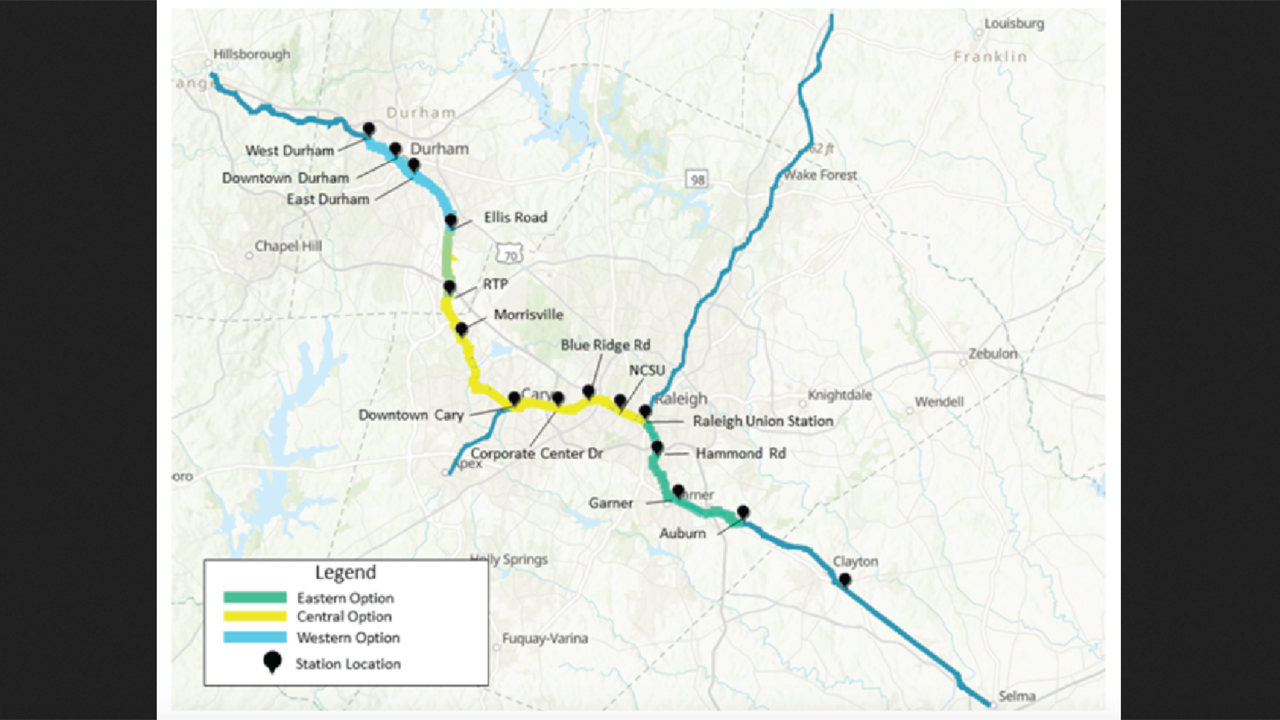
GoTriangle has released the results of the Greater Triangle Commuter Rail Feasibility study and seeks public feedback on proposed regional passenger rail service through Durham, Cary, Raleigh and Clayton, N.C.
Dallas Area Rapid Transit (DART) launches a redesigned website. Also, Durham, N.C.-based GoTriangle releases a regional passenger rail feasibility report; Metropolitan Atlanta Rapid Transit Authority (MARTA) Deputy General Manager Josh Rowan steps down; Massachusetts Bay Transportation Authority (MBTA) calls out CCRC for railcar manufacturing quality issues; Chicago’s Metra commuter railroad and Pace Suburban Bus seek design feedback on their joint Harvey Transportation Center project; SunRail commuter rail could serve Central Florida’s Orange County Convention Center as early as 2030; and applications are open for the New York region’s Transit Tech Lab competition.
DART’s website has been redesigned to provide riders with “a user-friendly experience,” according to the transit agency providing light rail, commuter rail (Trinity Railway Express), bus, on-demand and paratransit services. Among the website’s new features are real-time trip planning, plus “consistent multi-language translation” that allows users to convert the text to one of 14 languages: Arabic, Chinese (simplified and traditional), Filipino, French, Gujarati, Hindi, Khmer, Korean, Persian, Portuguese, Russian, Spanish, Urdu, and Vietnamese.
GoTriangle has released the results of its Greater Triangle Commuter Rail Feasibility study (see above) and seeks public feedback on proposed regional passenger rail service through Durham, Cary, Raleigh and Clayton, N.C. The proposed service “would help provide a congestion-free transportation opportunity and serve a region slated to grow by more than a million people and a corresponding 1 million cars in the next 30 years,” the transit agency reported on Jan. 4.
The project would include 15 stations along approximately 43 miles of existing North Carolina Railroad corridor, which the study found is “well placed to serve affordable housing, future land use and travel markets,” according to GoTriangle.
The feasibility study also found that “significant investment in new rail infrastructure will be required to support the capacity needed for commuter service, freight service and intercity passenger service, and to avoid conflicts with passenger and freight trains already operating in the corridor,” GoTriangle reported. The construction cost could reach $3.2 billion in the year of expenditure.
The study includes options for service implementation. Due to the “high cost and technical challenges” associated with delivering the full project at once, GoTriangle said, the study considered phases for staged implementation in three portions of the corridor. The portions include:
- Eastern Portion: Implement about 10 miles of passenger rail service from the Auburn Station in Garner to Raleigh Union Station. This option is estimated to take around eight years to build at a cost of $600 million to $700 million. Ridership projections show roughly 4,000 daily boardings by 2040.
- Central Portion: Implement about 20 miles of passenger rail service from Raleigh Union Station to the Ellis Road Station or the RTP Station. This option is estimated to take around 10 years to build at a cost of $800 million to $1 billion. Ridership projections show roughly 4,000 daily boardings by 2040.
- Western Portion: Implement about 10 miles of passenger rail service from the RTP Station to the West Durham Station. This option is estimated to take around 12 years to build at a cost of around $1.6 billion. Ridership projections show roughly 3,000 daily boardings by 2040.
Out of the three phases, GoTriangle said, the western phase “has considerable challenges associated with construction including higher cost and a longer implementation time frame. Due to the challenges associated, the western phase is being considered for a later stage of implementation.”
The next step in determining the implementation stages is public input, according to GoTriangle. Once an initial phase is selected, planning for the second phase will occur. The second phase is planned to begin operations roughly five years after the initial phase begins service, according to the agency.
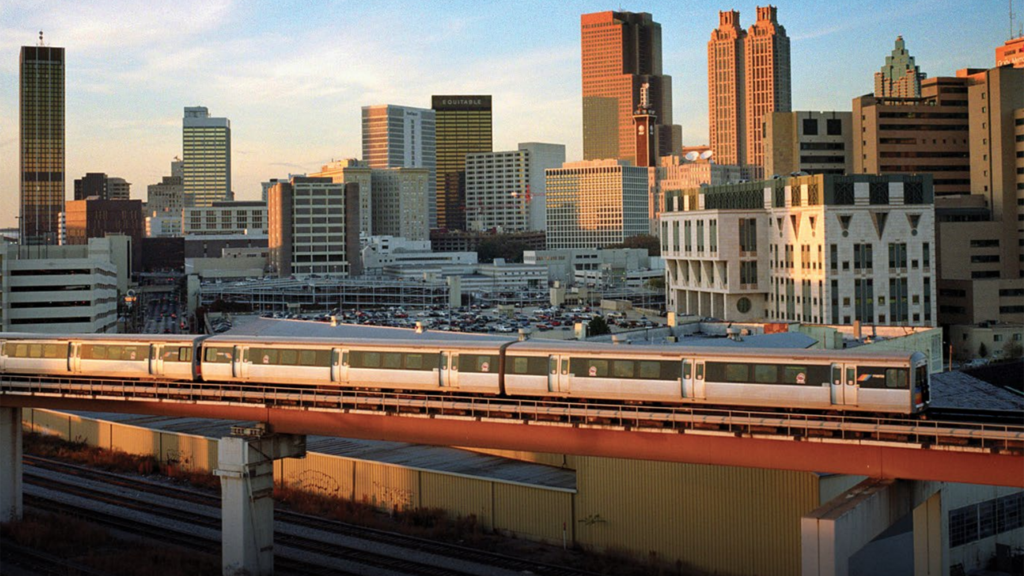
The Atlanta Journal-Constitution on Jan. 5 reported that MARTA CEO Collie Greenwood notified employees “by email Thursday that the agency had ‘decided to part ways’ with Josh Rowan ‘after careful consideration.’ He did not offer a reason, and MARTA declined to comment. Rowan also declined to comment.”
Rowan was appointed to the position in August and oversaw the Capital Improvement Program at MARTA, which provides rapid transit, streetcar and bus services. He had previously delivered more than $5 billion in facility and infrastructure projects, most recently serving as General Manager of Atlanta’s City Renew/TSPLOST Program and Commissioner of the inaugural Atlanta Department of Transportation, according to MARTA’s Aug. 11 announcement.
The Atlanta Journal-Constitution reported that MARTA Assistant General Manager Carrie Rocha will now serve as interim Chief Capital Officer, assuming Rowan’s responsibilities.
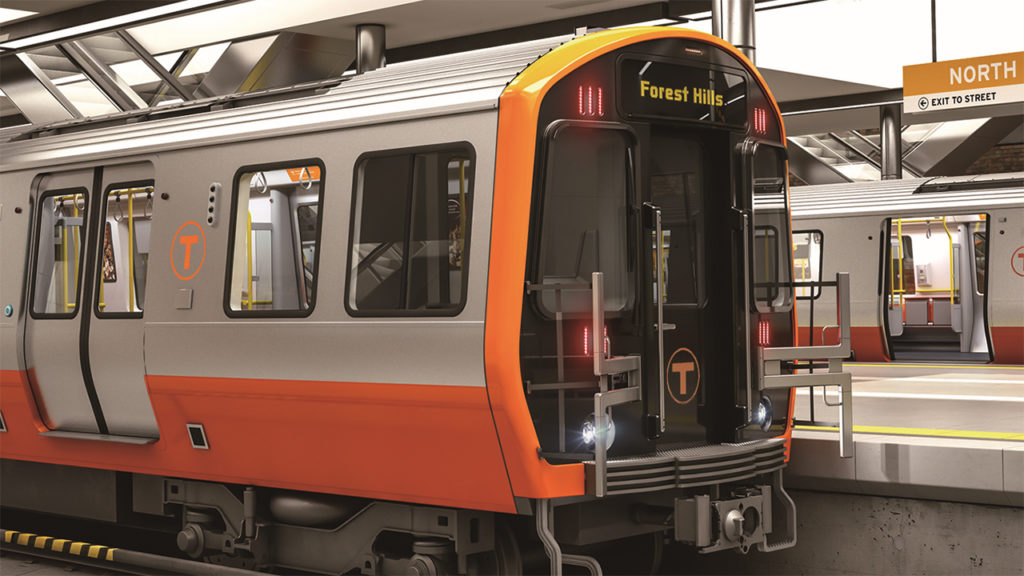
MassLive.com on Jan. 5 reported that a letter from MBTA to CRRC (China Railway Rolling Stock Corp.) “laid out a list of quality and inspection lapses” in the manufacturing of Orange and Red line cars, which are being produced in Springfield, Mass.
“In a letter sent to CRRC on Dec. 22 and first reported by a Boston Globe columnist, MBTA deputy director Mark DeVitto” wrote that “‘Given the breadth, number and age of chronic quality issues that have remained unresolved, it becomes abundantly clear that CRRC MA’s management has completely abandoned its core responsibilities and commitment to lead, monitor and support quality management,’” MassLive.com reported. “‘This situation has already caused major disruptions, rework and delays in production and delivery of Orange and Red Line cars.’”
The CRRC plant in Massachusetts is now 17 months to two years behind schedule. MBTA told MassLive.com that 78 Orange Line cars and 12 Red Line cars have been delivered as of this week. “Completion of 152 Orange Line cars is 17 months late with cars that were to have been shipped by January 2022 now expected in summer 2023,” according to the news outlet.“Construction of 252 Red Line cars is 21 months late. The order was scheduled to be completed by September 2023 and now won’t be done until 2025.”
Further Reading:
Reports: CRRC MBTA Railcar Delays Mount
MBTA Pulls Orange Line Trains From Service Following Power Cable Failure
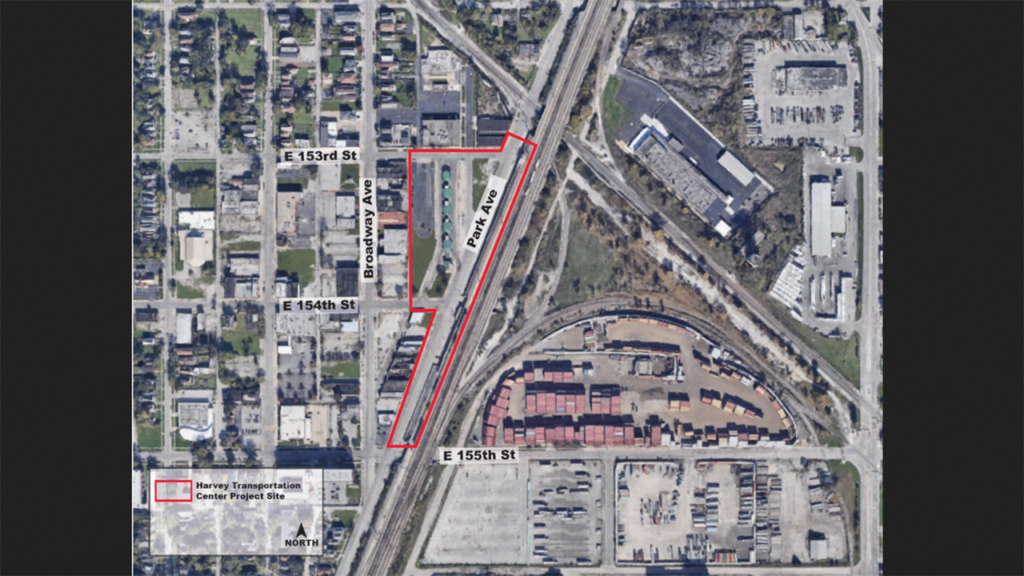
Metra and Pace are soliciting feedback this month on several design alternatives for a project to rebuild, expand and consolidate the Pace Harvey Transportation Center and Metra Harvey Station. The feedback will be used to help complete the final design of the unified facility, Metra reported on Jan. 5.
Metra and Pace are working with the city of Harvey, Ill., on the project and construction is slated to begin in mid-2024.
According to Metra, project benefits include:
- Easier transfers between Pace buses and Metra trains. The facility serves 10 Pace bus routes and the Metra Electric Line.
- Enhanced job access for those commuting into Chicago and the northern suburbs.
- Improved, fully-ADA compliant service, including a dedicated area for ADA paratransit vehicles.
- New interior waiting areas and passenger restrooms.
- Canopied Pace boarding area with four additional bus bays.
- Metra platform improvements that include a lengthened platform and full-length canopy.
- Expanded Metra entrance at Park Avenue and 154th Street and an enclosed Metra entry at 155th Street.
- New vendor space.
- Modernized elevator at the 154th Street entry.
- Consolidated commuter parking lot.
- Bicycle parking.
- New lighting and wayfinding.
The total estimated project cost is $70 million. Metra reported that funding sources include a $20 million Rebuilding American Infrastructure with Sustainability and Equity (RAISE) discretionary grant from the U.S. Department of Transportation, investment through the state’s Rebuild Illinois bill, and Pace and Metra capital funds.
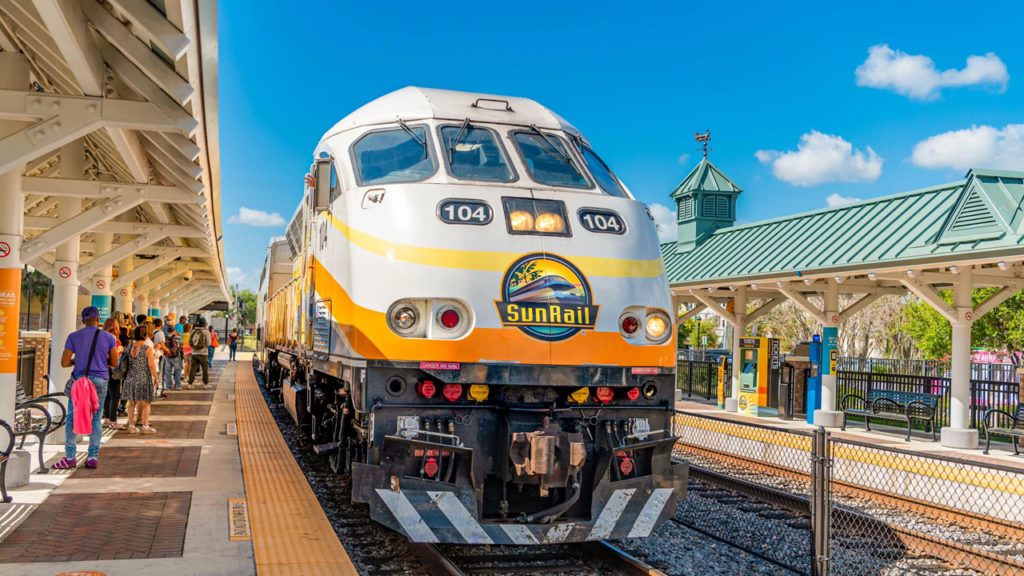
The Associated Press (AP) on Jan. 6 reported that Universal Orlando Resort has filed an application with Orange County, Fla., to “form a quasi-governmental body that will plan, finance, construct, operate, own and maintain a new SunRail station located at the Orange County Convention Center.” The resort has pledged 13 acres for the project, according to the news outlet.
“Once completed—possibly as soon as 2030—the line would connect the main corridor of Orlando’s tourism industry with Orlando International Airport,” which SunRail does not currently serve, the AP reported.
According to the AP, the line could also connect with Brightline, Florida’s private-sector passenger railroad, which is slated to serve the Orlando airport later this year.
SunRail currently operates over 49 miles with 16 stations through Volusia, Seminole, Orange and Osceola counties. It launched in May 2014 with a 32-mile, 12-station line, and service began on its 17-mile, four-station southern extension in July 2018.
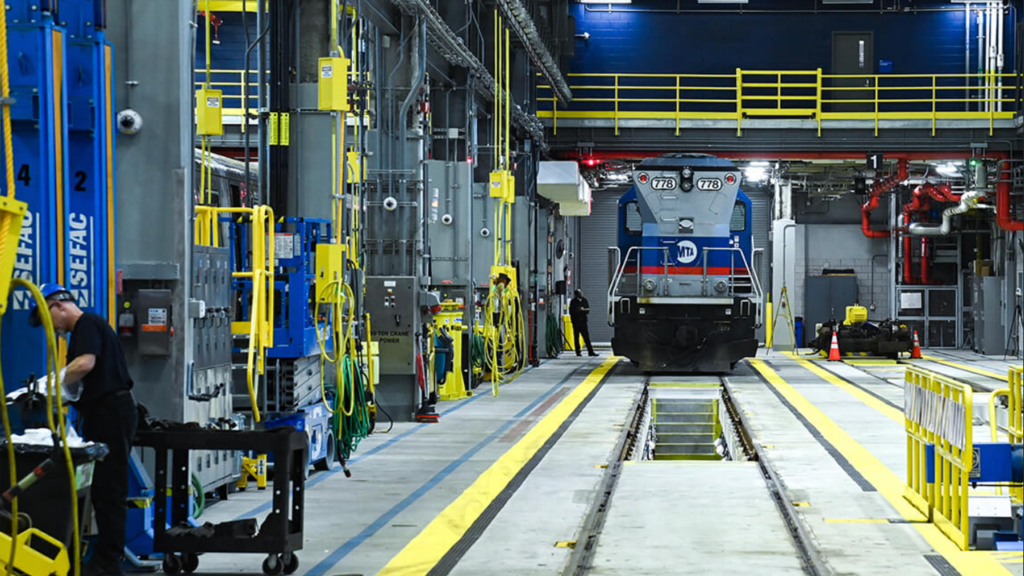
The New York Metropolitan Transportation Authority (MTA), Port Authority of New York and New Jersey, New Jersey Transit, New York City Department of Transportation and the Partnership for New York City have launched the fifth iteration of Transit Tech Lab’s annual competition. They are seeking “tech-driven approaches” to support their objectives in “operational efficiency and human capital utilization,” MTA reported on Jan. 5.
Applications for the Operational Efficiency Challenge and Utilization of Human Capital Challenge are due March 2.
According to MTA, representatives from each participating agency will evaluate startups “based on the technology’s impact and the applicant’s product, team and overall value proposition. Finalists will move forward to conduct a proof-of-concept over an eight-week period; the companies with the most compelling technologies that advance the agencies’ goals can win a yearlong pilot.”
For the Operational Efficiency Challenge, the regional transit agencies are seeking tools that can reduce costs while increasing efficiency in response to post-pandemic reduced ridership and revenue.
MTA reported that technologies may include:
- Predictive maintenance and analytics on public transit and infrastructure assets, such as track, signal and power systems, “to proactively identify possible operational failures before they occur.”
- Tools to prevent fare evasion and to improve/automate the issuance and processing of fare evasion summonses.
- Tools predicting and mitigating operational disruptions, such as impacts of weather events, delays, platform crowding, excessive wait times, crime, road safety, or EV bus battery electric fires.
- Tools to help prioritize operational staff resources, such as where to deploy cleaning staff and waste management solutions, manually inspect assets, place human flaggers, or allocate people counters on trains.
- Tools to help automate and improve operations and make them more sustainable, such as automating track inspections to help speed service, or microgrid and decarbonization optimization.
- Connecting disparate sources of data into one system.
For the Human Capital Challenge, the agencies are seeking tools to improve employee recruitment and retention as they face a workforce shortage.
MTA said technologies may include:
- Enhanced training tools to speed and improve the hiring and on-boarding process.
- Tools to help recruit and retain operations staff, especially those with Commercial Driver Licenses (CDL).
- Tools to communicate long-term career paths within agencies.
- Up-skilling and training tools for both technical and soft skills to invest in current employees.
- Tools to empower employees by tracking and communicating productivity.
- Tools for workforce and succession planning.
- Tools to improve conductor and bus driver safety.
“Public transit is the backbone of New York, and the Transit Tech Lab has been honored to facilitate five years of highly productive collaborations between our transit agency partners and the tech community,” said Stacey Matlen, Vice President of Innovation at the Partnership for New York City. “Their exceptional work is helping build a better transit system for all, and we look forward to another exciting and impactful year of collaboration.”
The Transit Tech Lab is a program of the Transit Innovation Partnership, a public-private initiative created by the MTA and Partnership for New York City. To date, the Lab has supported 36 proof of concepts, 23 pilots and six commercial procurements with innovative technologies across its partner transit systems.
Transit Tech Lab in October 2022 released the results of its Signaling Challenge proof-of-concept initiative and in November, the winners of its Recovery and Sustainability Challenge.



